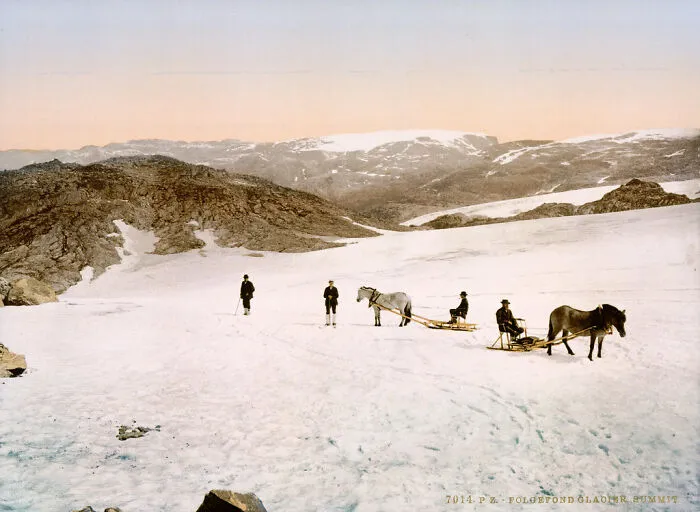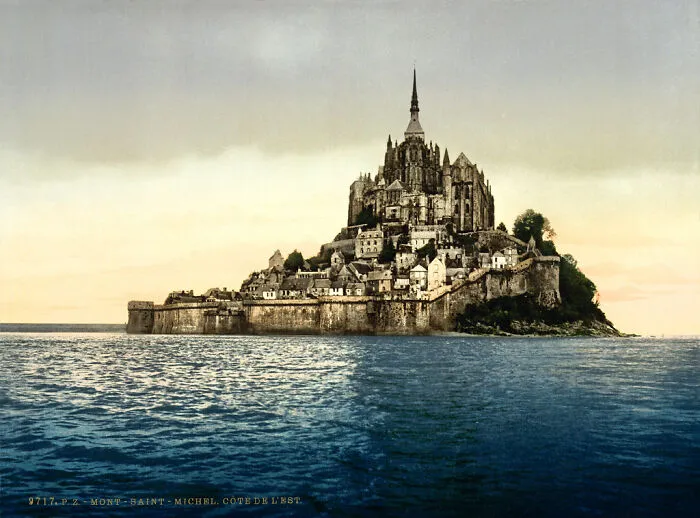Pandas, I’m not sure about you, but I adore historical dramas. They serve as a kind of window into the past, allowing us to observe how people lived and looked a century or more ago. But frequently, they are merely historical interpretations.
When you have pictures that can show you what the world looked like, why choose someone else’s perception? To help us all appreciate the creativity of photography and feel more connected to the past of the places we currently call home, we have compiled a selection of some of the earliest colour images.
Bored Panda contacted Mark Osterman to find out more about the procedures involved in the intriguing history of colour photography. He gives workshops in early photography processes, such as Niepce heliographs and gelatin emulsions, and was once a photographer and process historian for the George Eastman House International Museum of Photography and Film. Osterman graciously consented to show us how colour photography is made.
Irish Spinner And Spinning Wheel. Co. Galway, Ireland, 1890
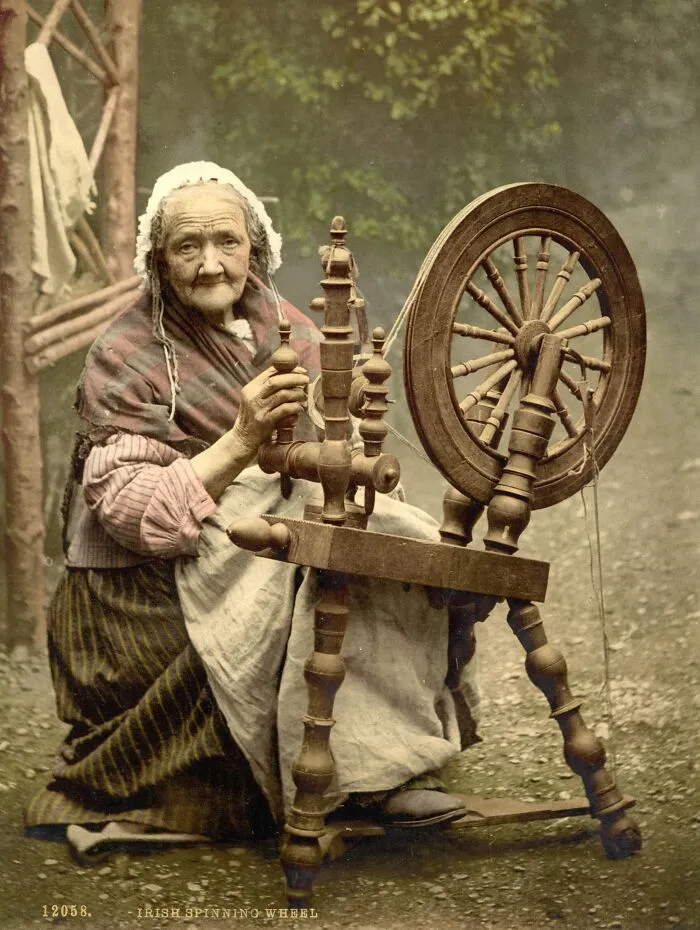
Christina In Red, 1913
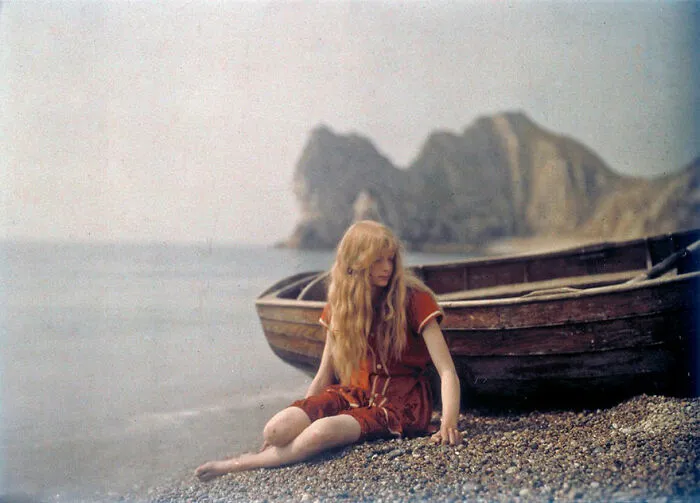
Milksellers, Brussels
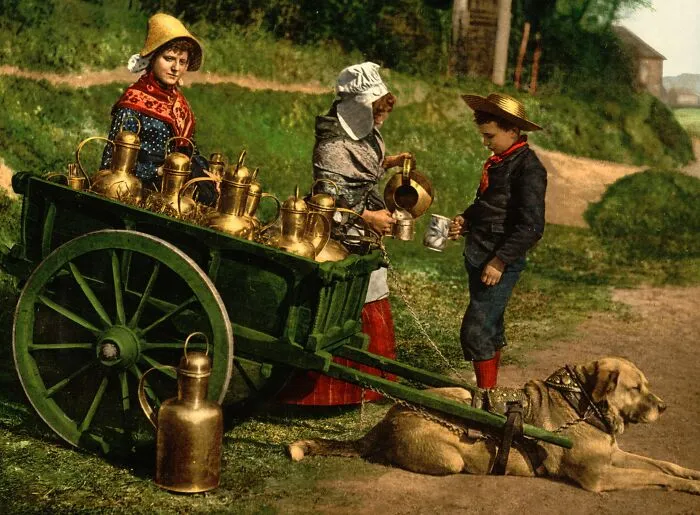
The oldest photograph, according to historians, was taken in France in 1826. That’s the oldest one that we currently know of, nonetheless. Joseph Nicéphore Niépce began experimenting with a camera obscura at that point, and he captured the scene outside his window.
The first coloured photograph in history was taken by James Clerk Maxwell, a Scottish physicist. He took pictures of a ribbon while experimenting with red, blue, and green filters. He was able to replicate the ribbon’s original image by simultaneously showing all three images onto a screen.
Port Of Venice, Italy, Ca. 1889
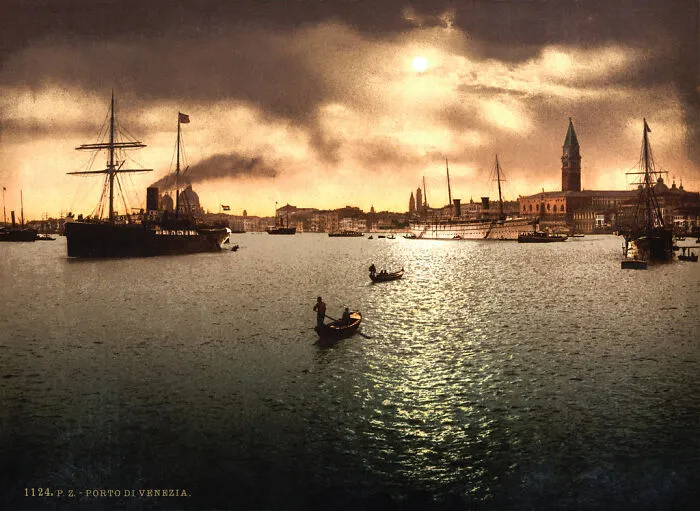
Winter Garden, Nice, France, Ca. 1895
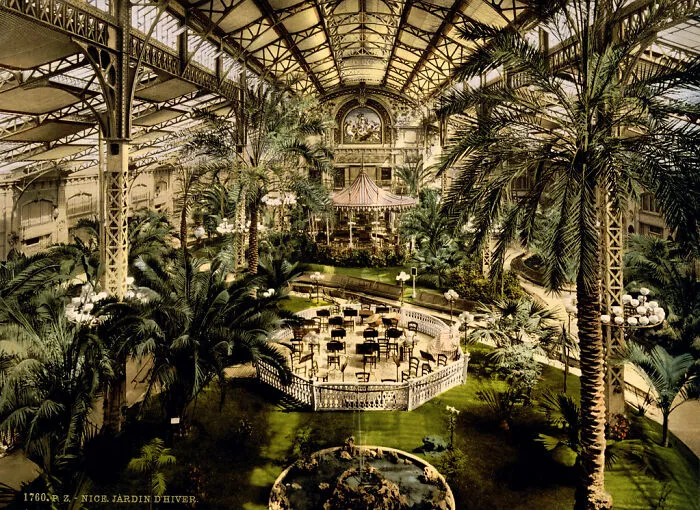
London, Kodachrome
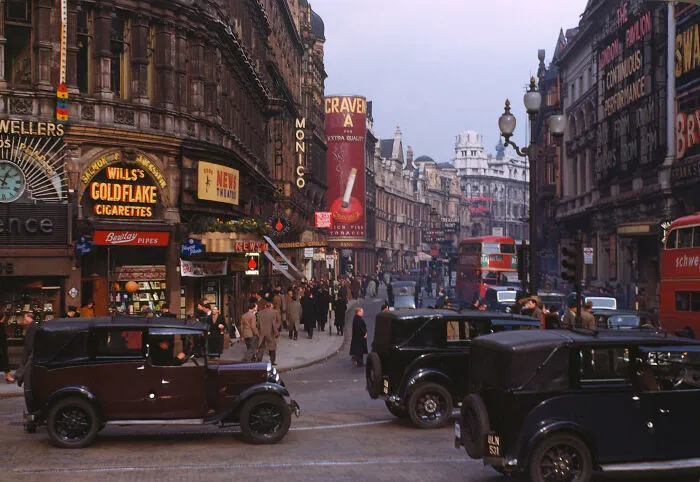
The principles underlying coloured images were essentially unknown to the general public, as demonstrated by Niépce’s and Maxwell’s tests and as photographic process historian Mark Osterman explained to Bored Panda. He clarifies, “They were experimental,”
However, the way we take colour photos with our phones and cameras isn’t all that different from what Maxwell did in the past. “If you look at your computer or phone camera screen with a strong magnifier, they both rely on exactly the same technology,” Osterman clarifies.
East Face, Mont-Saint-Michel, Normandy, France, Ca. 1895
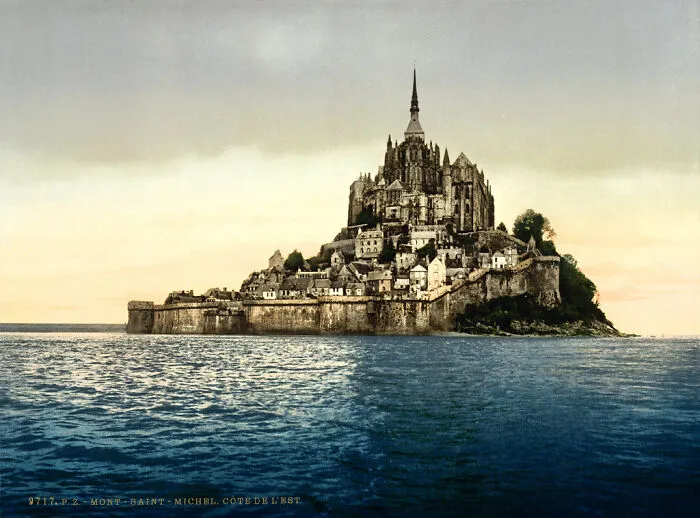
Tour Eiffel & Exposition Universelle, Paris, France, 1889
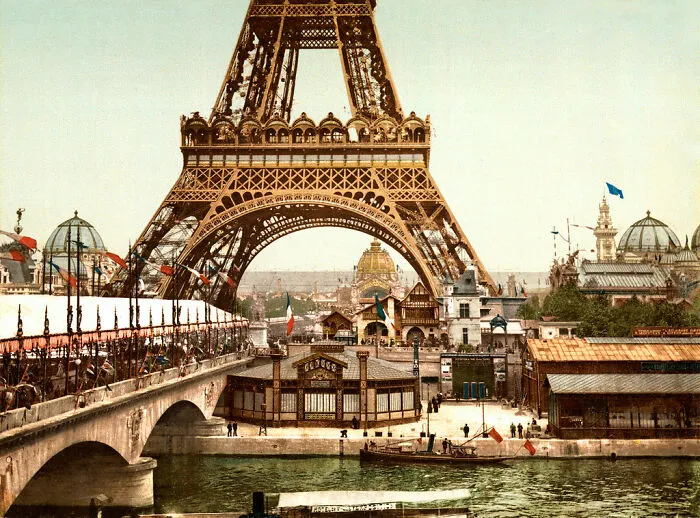
ingers’ Hall (Music Room), Neuschwanstein Castle, Upper Bavaria, Germany, 1886

“You will see red, green, and blue lines,” he continues. “The other colours are based on those lines being next to each other. For instance, yellow is a virtual mixture of red and green lines next to each other. White is actually all three colours next to each other!”
Agra, Taj Mahal
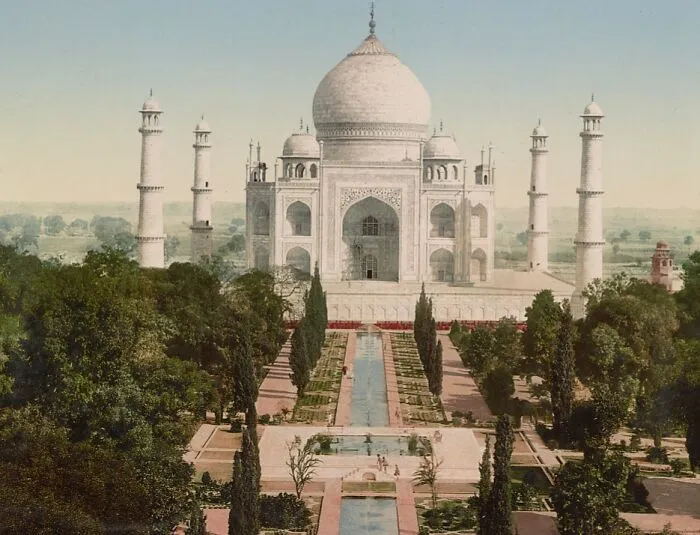
Luce Ben Aben, School Of Arab Embroidery, Algiers, Algeria, Ca. 1899
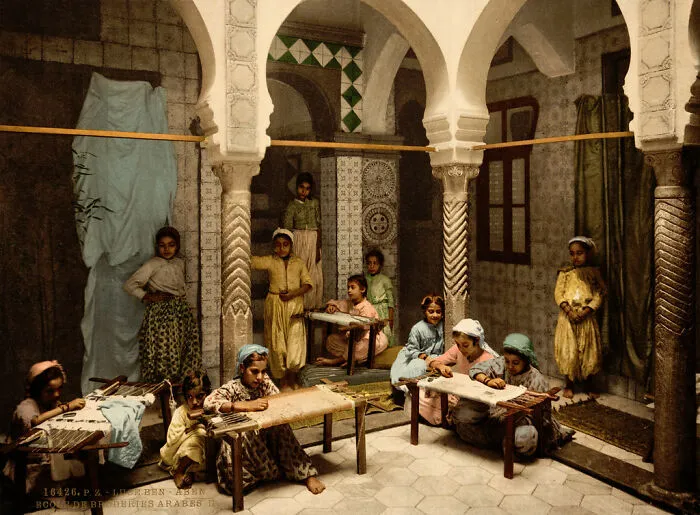
Neuschwanstein, Upper Bavaria, Germany
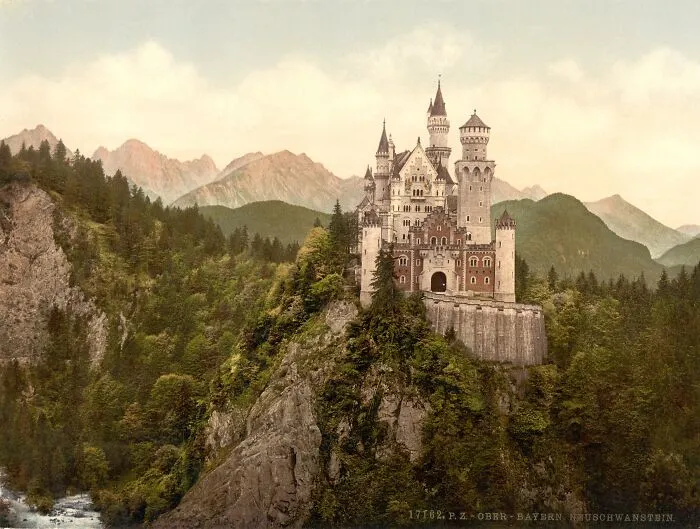
The autochrome, a colour photography technique, was first patented by the French brothers Auguste and Louis Lumière. What precisely is the autochrome? It occurs when tiny red, green, and blue starch grains cover plates; light then combines with the grains to generate a full-color image of the original.
Photochrom Print By Photoglob Zürich, Between 1890 And 1900
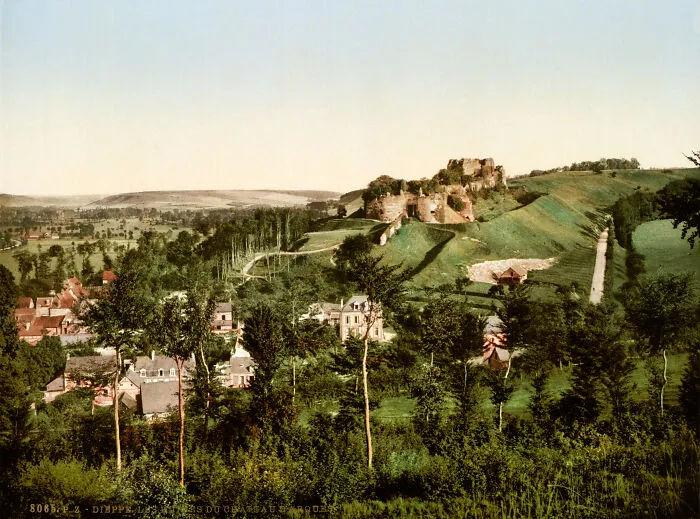
Townhall, Hildesheim, Lower Saxony, Germany
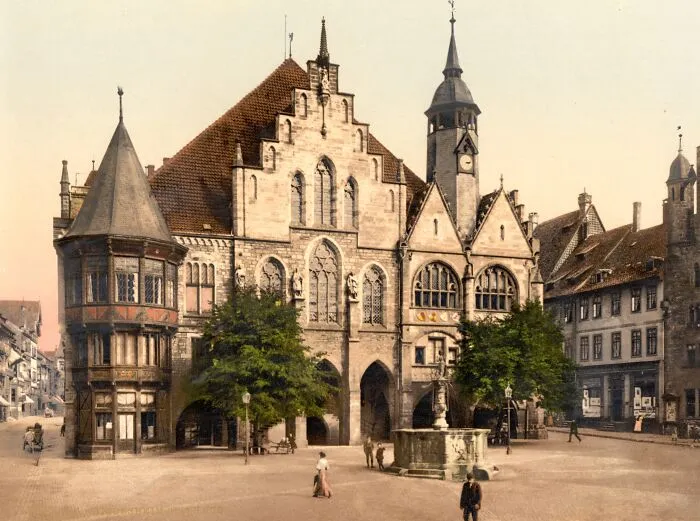
Fingal’s Cave, Staffa, Scotland
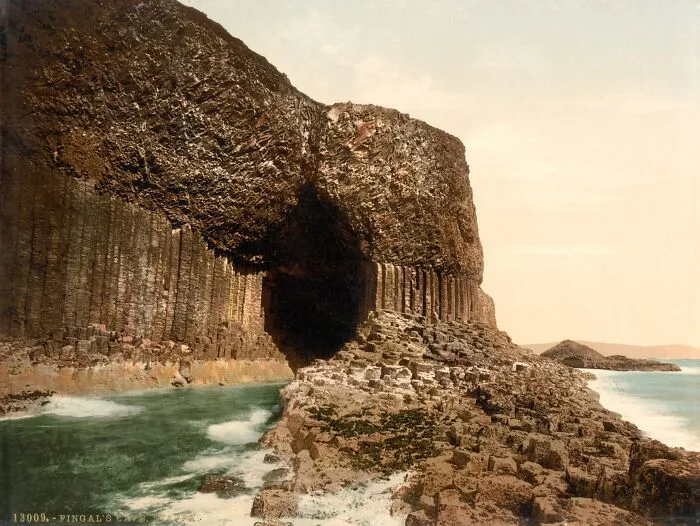
Despite being invented in 1903, the autochrome was not immediately accessible to the general public. “Only affluent amateur photographers were shooting them aside from the professional photographers, who worked for the National Geographic Magazine,” Osterman stated to us. “This was because the colour transparency plates could be used to produce three colour printing plates to make full-color ink-printed reproductions in their magazines.”
Photo Family Hungary – Kapeller
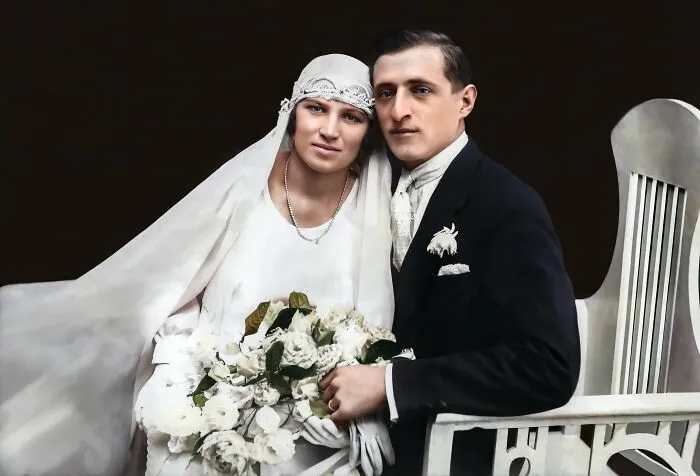
Promenade And Grand Salon, Trouville, Normandy, France, Ca. 1895
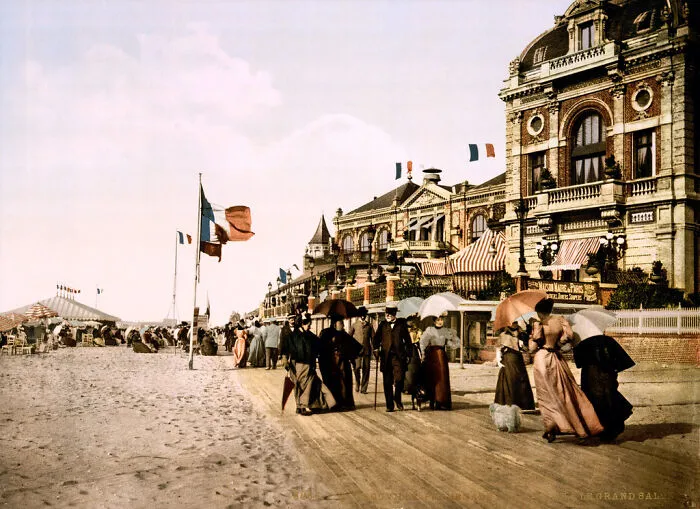
Mulberry Street, New York City
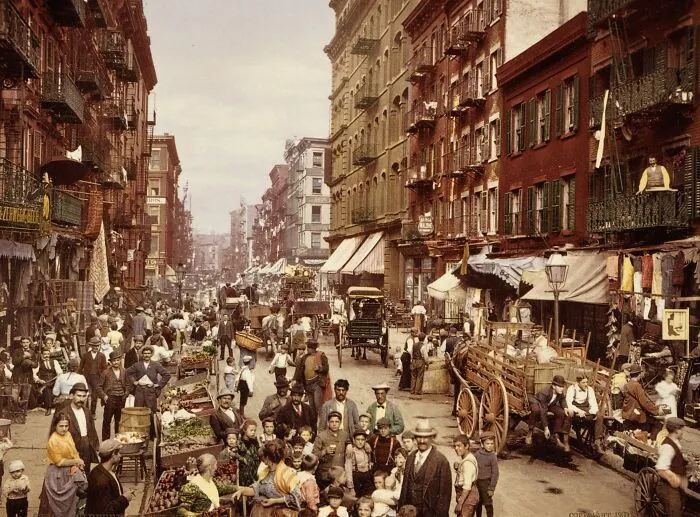
“There was a two-color process invented around 1913 by Kodak that used two glass plates in contact with each other, one being red-orange and the other being green-blue,” Osterman continued. The dyes were from Germany, and the US entering the war prevented Kodak from putting the process into production, despite the fact that it was a stunning two-color Kodachrome process. No one bought any.
Oudezijds Kolk, Amsterdam, North Holland, The Netherlands, Ca. 1901
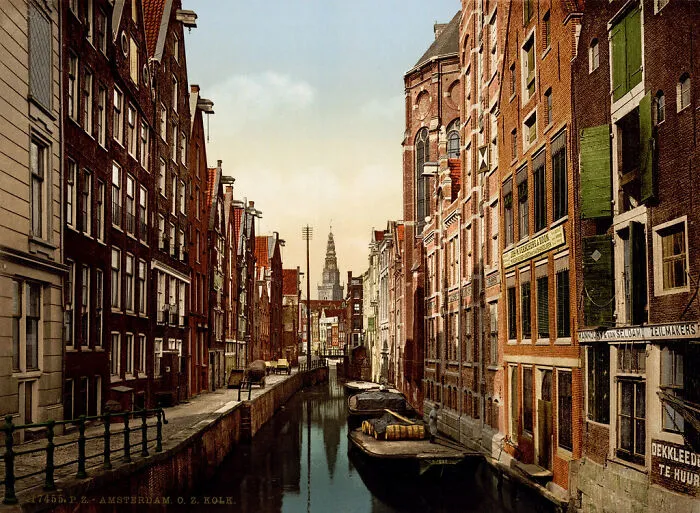
Folgefonn Glacier, Hardanger Fjord, Norway, Ca. 1897
